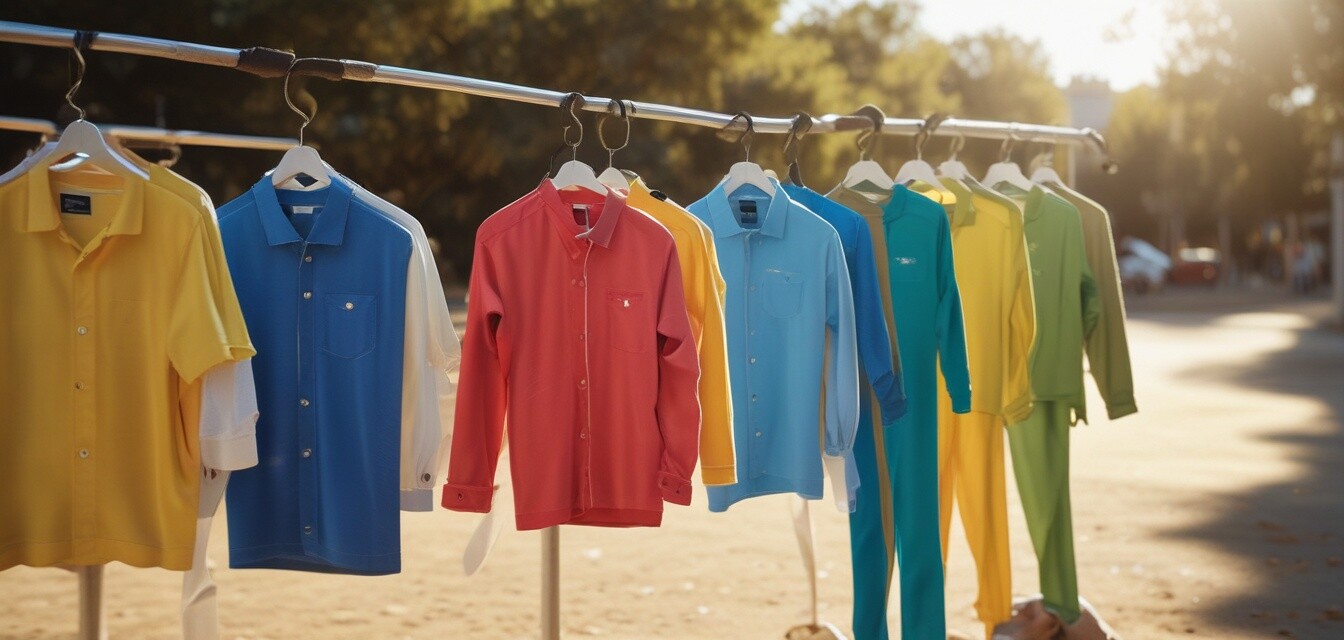
How UV protection standards are evolving in apparel
Key Takeaways
- Increased awareness of skin cancer risks is shaping UV protection standards.
- UL and AATCC are key organizations setting and updating UV standards.
- Technological advancements in fabric are allowing for higher UPF ratings.
- Consumer expectations are evolving towards fashionable yet functional UV protective clothing.
- Sustainable practices are becoming increasingly important in the production of uv protective apparel.
As awareness of skin health and cancer risks rise, the demand for UV protective clothing is also expanding. This article explores how UV protection standards are evolving in apparel, impacting both production practices and consumer expectations for sun safety.
Understanding UV Protection Standards
The sun emits ultraviolet (UV) radiation, which is classified into three types: UVA, UVB, and UVC. UV protection standards are established to inform consumers about how well certain fabrics can block these harmful rays. The most recognized ratings for clothing are based on the Ultraviolet Protection Factor (UPF) system.
What is UPF?
UPF measures the amount of UV radiation that can penetrate a fabric and reach the skin. The higher the UPF rating, the greater the protection provided. Here’s how UPF ratings are generally categorized:
| UPF Rating | Protection Level |
|---|---|
| 15-24 | Good Protection |
| 25-39 | Very Good Protection |
| 40-50+ | Excellent Protection |
Evolving Standards and Guidelines
Organizations such as ASTM International and the American Association of Textile Chemists and Colorists (AATCC) are continuously updating guidelines related to UV protection in apparel. Recent advancements in fabric technology have enabled brands to produce clothing with higher UPF ratings through:
- Innovative Fabrics: Advances in textiles such as polyester and nylon blends allow for better UV resistance.
- Dye Technology: Use of UV-blocking dyes enhances the protective qualities of fabrics.
- Weaving Techniques: Tighter weave patterns can offer better UV defense.
- Finishing Treatments: Chemical treatments provide additional UV barriers to fabrics.
Impact on Manufacturing Practices
The evolution of UV protection standards has led brands to adapt their manufacturing practices to meet consumer expectations and comply with updated regulations. Here are key changes observed:
- Quality Control: Increased testing and quality assurance measures ensure textiles meet UPF standards.
- Transparency: Brands are more transparent about UPF ratings, providing consumers clear information at purchase.
- Eco-Friendly Materials: Greater emphasis on sustainable production methods, using recycled materials without compromising UV protection.
Consumer Expectations
With higher awareness of sun safety, consumers are becoming more discerning about their clothing choices. Here’s how their expectations are shifting:
Pros
- Convenience of long-lasting UV protection without the need for reapplication.
- Style options that combine fashion and function, appealing to broader audiences.
- Affordability in the long run, reducing the need for frequent sunscreen purchases.
Cons
- Higher initial cost compared to regular clothing.
- Limited options in certain fashion styles.
Conclusion
The evolution of UV protection standards in apparel is a reflection of our growing awareness of skin health and safety. As brands continue to innovate and integrate sustainable practices, consumers can expect a broader range of clothing options that both protect against harmful rays and fit contemporary fashion needs.
Stay Informed with SolGuard
For more updates on UV protective clothing, innovations in garment technology, and trends in sun safety, explore our News and Trends section. Ensure that you are always informed about how to take care of your skin in the sun!